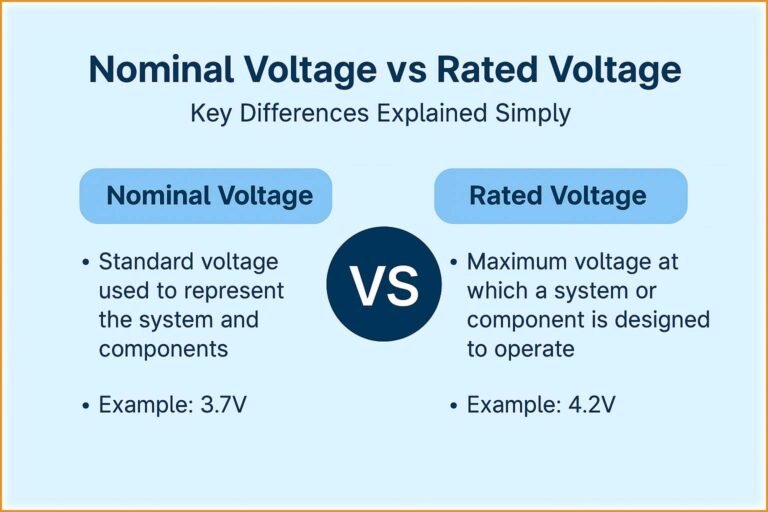DEWA Electrical Engineer Salary 2025 | Pay Scale & Benefits
If you are an engineer planning to work in Dubai, one…
Your blog category

If you are an engineer planning to work in Dubai, one…

Solar energy systems rental in Dubai is quickly becoming one of…

If you have invested in solar panels, choosing the right battery…

Choosing the right generator for your home or business can be…

Installing solar panels is a smart investment, but the true power…

Find the perfect generator size for your home with our Generator Size Calculator for Homes in KVA. Accurately estimate your power needs in KVA to choose the right generator for backup power, ensuring reliable and efficient performance during outages

Use our Solar Panel Calculator for Home to find your ideal solar system size, cost, and savings in minutes. Get accurate solar estimates, reduce energy bills, and discover how much you can save with clean, renewable energy for your home

In electrical protection systems, relays play a crucial role in preventing…

Electrical systems depend on voltage levels to operate safely and efficiently….

When it comes to electrical testing, precision matters. One of the…

If you’ve ever wondered how to make a solar water heater…

Solar thermal water heating systems are becoming one of the smartest…

A solar water heater is one of the smartest and most…

India’s shift toward clean energy is accelerating fast. With rising electricity…
| Cookie | Duration | Description |
|---|---|---|
| cookielawinfo-checkbox-analytics | 11 months | This cookie is set by GDPR Cookie Consent plugin. The cookie is used to store the user consent for the cookies in the category "Analytics". |
| cookielawinfo-checkbox-functional | 11 months | The cookie is set by GDPR cookie consent to record the user consent for the cookies in the category "Functional". |
| cookielawinfo-checkbox-necessary | 11 months | This cookie is set by GDPR Cookie Consent plugin. The cookies is used to store the user consent for the cookies in the category "Necessary". |
| cookielawinfo-checkbox-others | 11 months | This cookie is set by GDPR Cookie Consent plugin. The cookie is used to store the user consent for the cookies in the category "Other. |
| cookielawinfo-checkbox-performance | 11 months | This cookie is set by GDPR Cookie Consent plugin. The cookie is used to store the user consent for the cookies in the category "Performance". |
| viewed_cookie_policy | 11 months | The cookie is set by the GDPR Cookie Consent plugin and is used to store whether or not user has consented to the use of cookies. It does not store any personal data. |